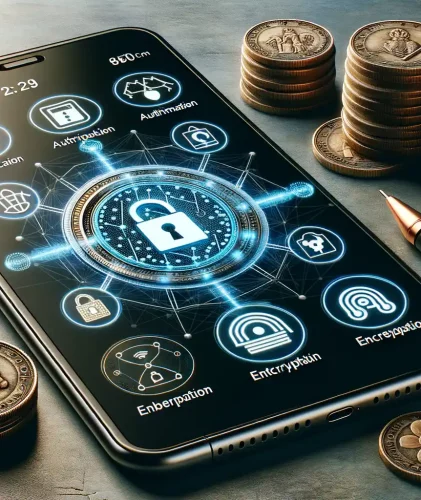Introduction to Digital Wallets for Coin Collectors
Why Coin Collectors Should Embrace Digital Wallets
Holding onto rare coins isn’t just a hobby; it’s a passion, a treasure hunt with shimmering rewards. But in today’s digital age, where currencies are more likely to be encrypted than engraved, how do you protect and manage your virtual coin collection? Enter the game-changer: the digital wallet. Think of it as your virtual vault—sleek, modern, and far more secure than a dusty box in your attic.
For coin enthusiasts diving into the world of cryptocurrencies or even tokenized collectibles, a digital wallet is your starting point. It doesn’t just store your “coins”—it safeguards your investment, tracks transactions, and even lets you trade or showcase your collection effortlessly. Imagine carrying your entire collection in your pocket without the stress of loss or damage. Sounds liberating, right?
So, whether you’re safeguarding Bitcoin, Ethereum, or unique collectible tokens like NFTs representing your prized coins, having a robust digital wallet means you’re future-proofing your collection. But let’s not stop at the basics—you wouldn’t keep a gem in a cardboard box, would you? Let’s explore what makes a digital wallet truly shine.
Essential Security Features for a Coin Collector’s Digital Wallet
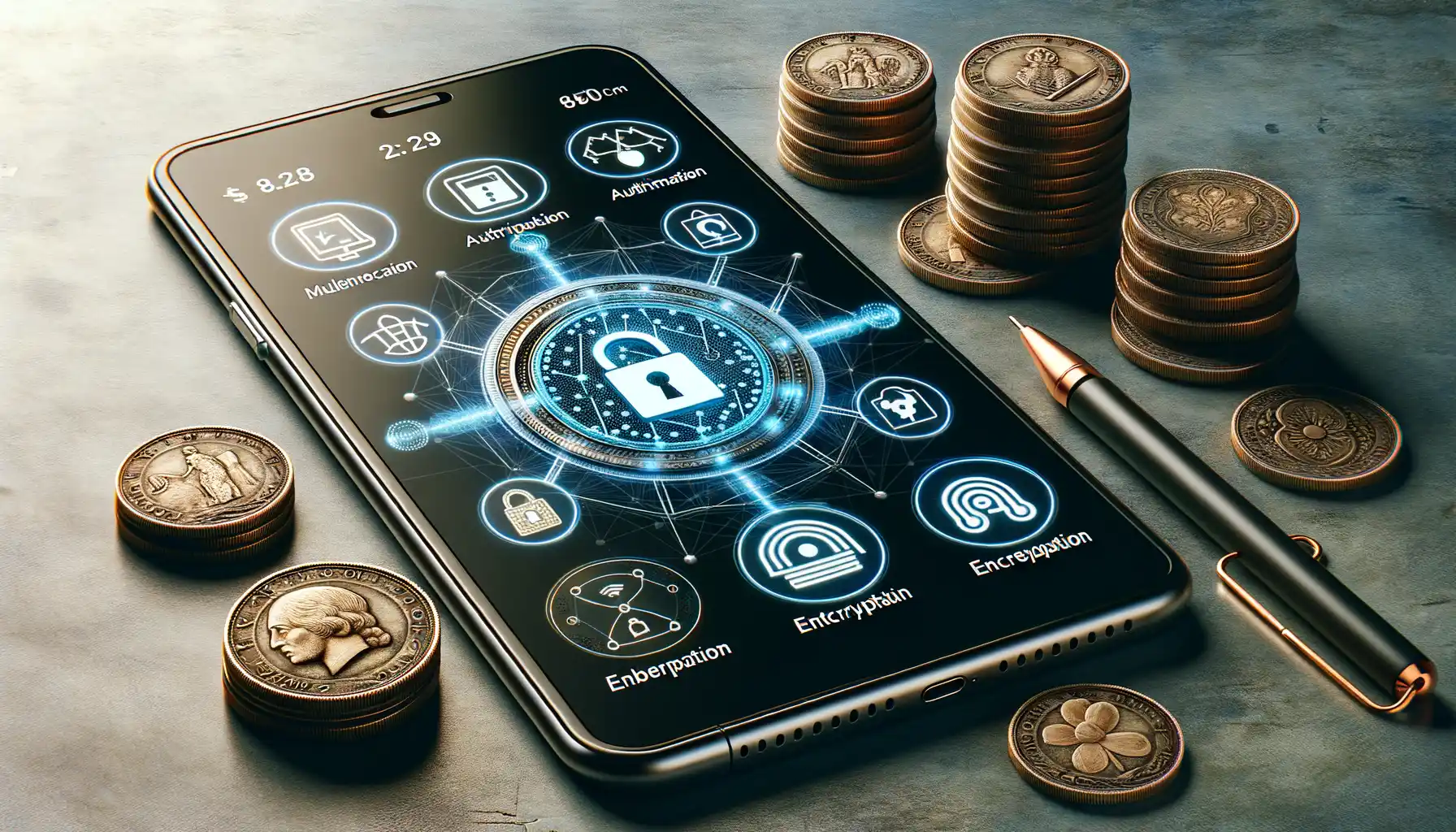
Locking Down Your Precious Collection
When it comes to safeguarding your digital coin collection, think of your wallet as a virtual vault. But even the most impenetrable vault needs the right combination of tools to keep intruders at bay. Here are some must-have security features that transform an ordinary wallet into a fortress for your prized coins:
- Two-Factor Authentication (2FA): Picture this as a secret handshake between you and your wallet. Even if someone gets hold of your password, they’ll hit a dead-end without the second key—whether it’s a code sent to your phone or generated by an app.
- Private Key Protection: Treat your private keys like the crown jewels. Opt for wallets with end-to-end encryption or hardware wallets that store your keys offline, far from prying eyes.
- Backup and Recovery Options: Imagine losing access to your collection because of a tech hiccup. A good wallet offers encrypted backups or recovery phrases to bring your coins back, no matter what.
The Shield of Regular Updates
Here’s a pro tip: always choose a wallet that issues regular security updates. Why? Hackers evolve lightning-fast, but so do developers. These updates act as invisible patches, sealing cracks before anyone can exploit them. It’s like having a locksmith on call 24/7, upgrading your locks whenever needed.
By combining these features, your digital wallet won’t just store coins—it’ll guard them like a loyal sentinel, standing watch day and night.
Step-by-Step Guide to Setting Up a Secure Digital Wallet
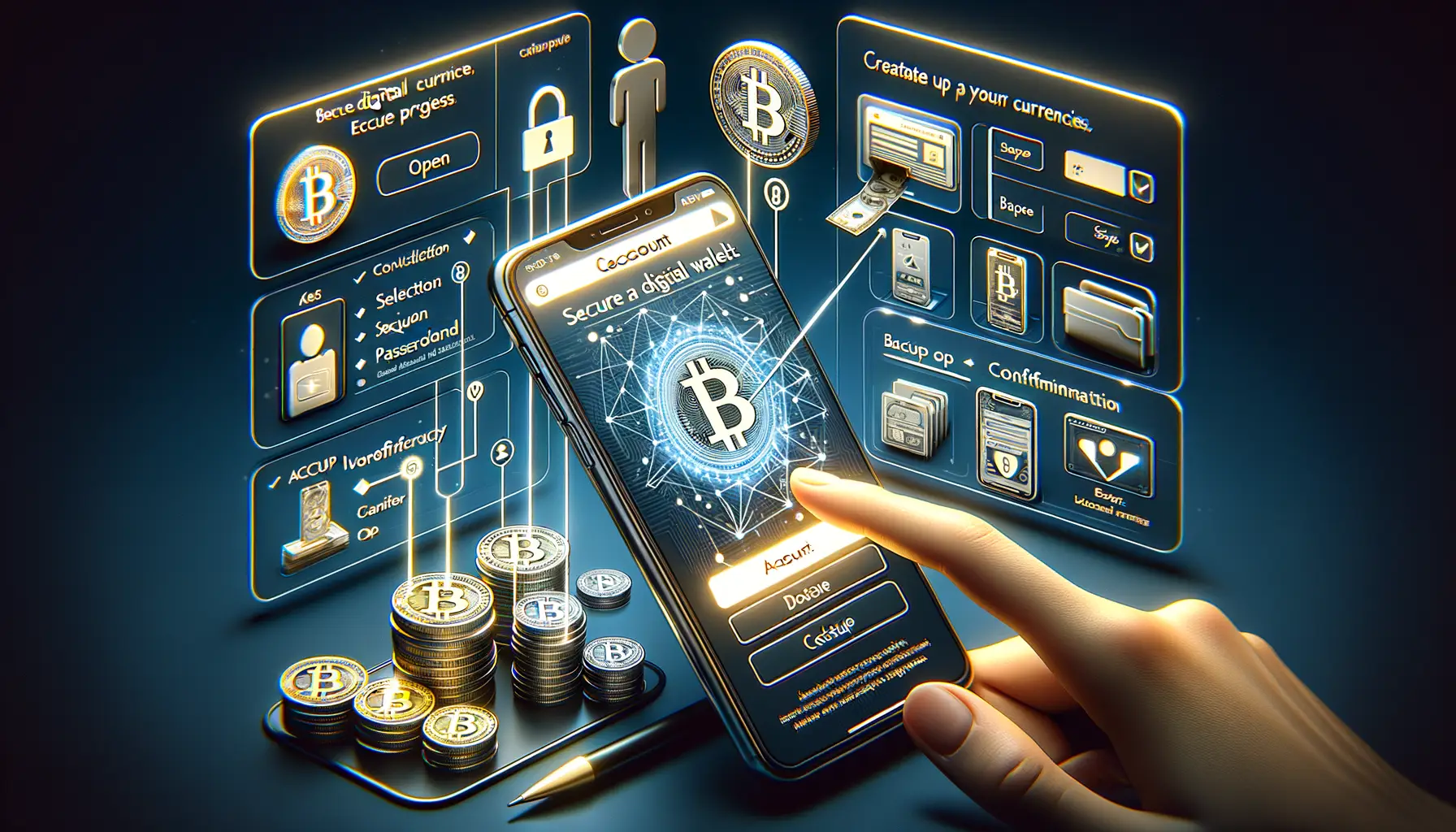
Getting Started: Your First Steps to Wallet Security
Picture this: Your digital wallet is your treasure chest, safeguarding your rare coin collection. But first, you need to craft that chest from the ground up. Let’s roll up our sleeves and dive in!
First things first, choose a reputable wallet provider. Think of this as finding the safest bank vault—companies like Ledger or Trezor often pop up as trusted names. Once you’ve landed on one, download the wallet app or software *only* from the official website or an app store. No shortcuts here—the internet is no place for pirate maps.
Next, it’s time to create your wallet. During setup, you’ll receive a magical thing called a recovery phrase. It’s like the ultimate key to your treasure, a 12-24 word combination unique to you. Write it down—yes, physically! An old-fashioned notebook beats saving it in a text file where hackers could nab it.
Locking It Down: Strengthening Your Setup
Now comes the fun part: fortifying your digital locker. When setting up a password, don’t stop at “CoinCollector123!” Go bold with something long and complex—think random strings of letters, numbers, and symbols.
Activate two-factor authentication (2FA) next. It’s like a double lock where your phone becomes your private bouncer. Finally, test out your wallet with a small transfer. Start by moving a tiny amount—a single digital coin, even. That way, you’ll confirm everything’s working before dropping in your full treasure hoard.
Remember, every click counts when protecting your digital gems. It’s all about building layers of trust and security around what matters most to you. Ready? Time to get set up!
Best Practices for Maintaining Wallet Security Over Time
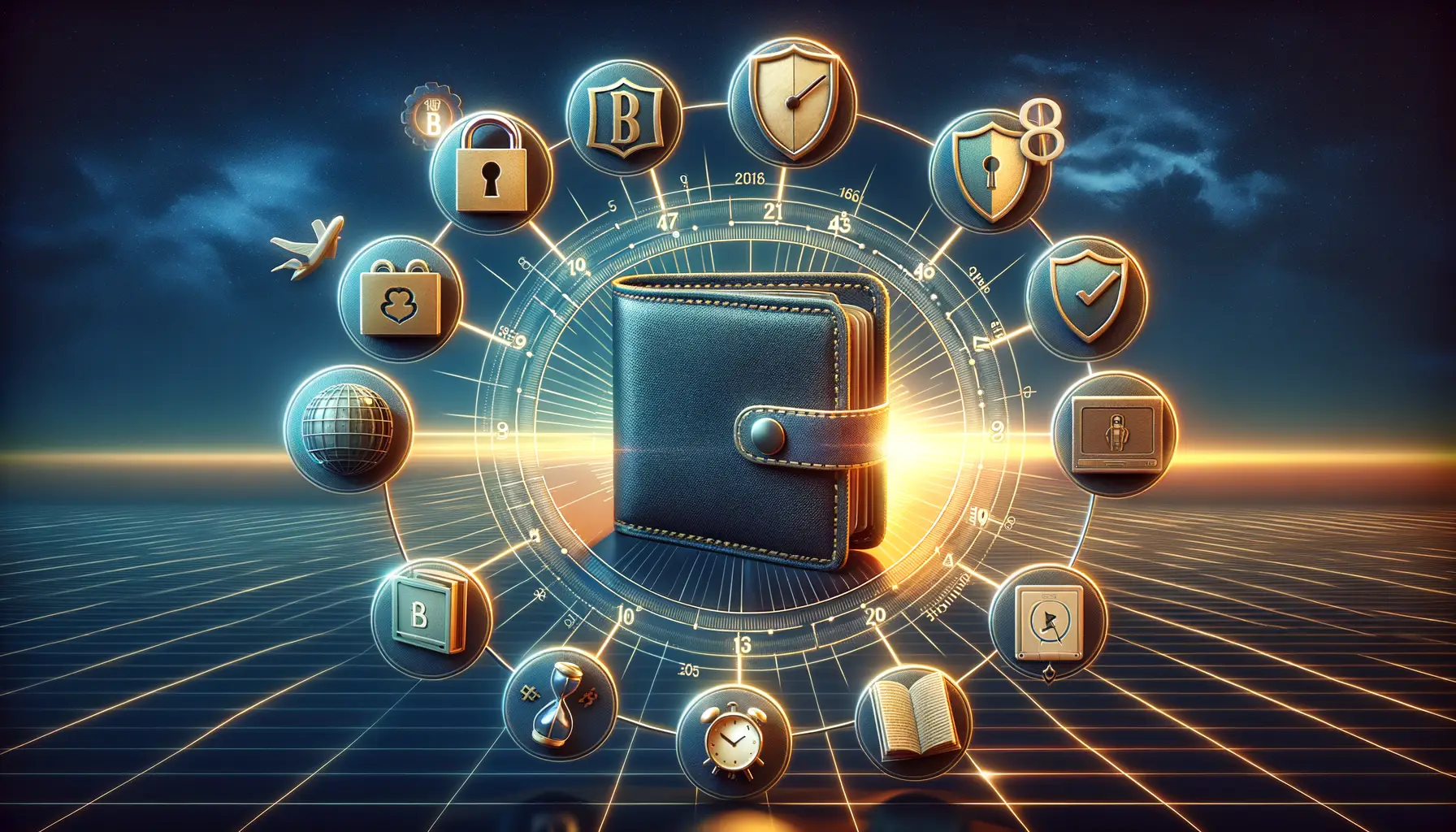
Guarding Your Digital Vault Like a Pro
Picture your digital wallet as a treasure chest—except this one holds your prized possessions: rare, collectible coins in a secure digital format. Keeping it safe isn’t just about locking the chest; it’s about checking the locks, upgrading your defenses, and staying one step ahead of anyone who might try to pry it open. Here’s how to do it:
- Regular Updates: Always keep your wallet software and device operating systems updated. These updates often patch vulnerabilities and improve security features. Don’t procrastinate; each update is like reinforcing the walls of your vault.
- Two-Factor Authentication (2FA): If your wallet offers it, enable it. Think of 2FA as needing a second key to open that vault—a layer of protection thieves hate.
- Backup Keys: Store your backup phrase offline in a fireproof, waterproof safe. Not your email. Not your phone. Treat it like ancient scrolls—precious and delicate.
Stay Vigilant Against Modern Threats
The digital world changes fast. Fraudsters are constantly crafting sneaky ways to swipe your coins. Be skeptical if something seems too good to be true. For instance, that “free coin airdrop”? It could be bait dangling on a hook. Avoid clicking unknown links or connecting your wallet to shady websites.
Lastly, trust your gut. If an app or website feels sketchy, walk away. You wouldn’t leave your home unlocked at night—why take chances with your digital collection?
Common Issues and Troubleshooting Tips
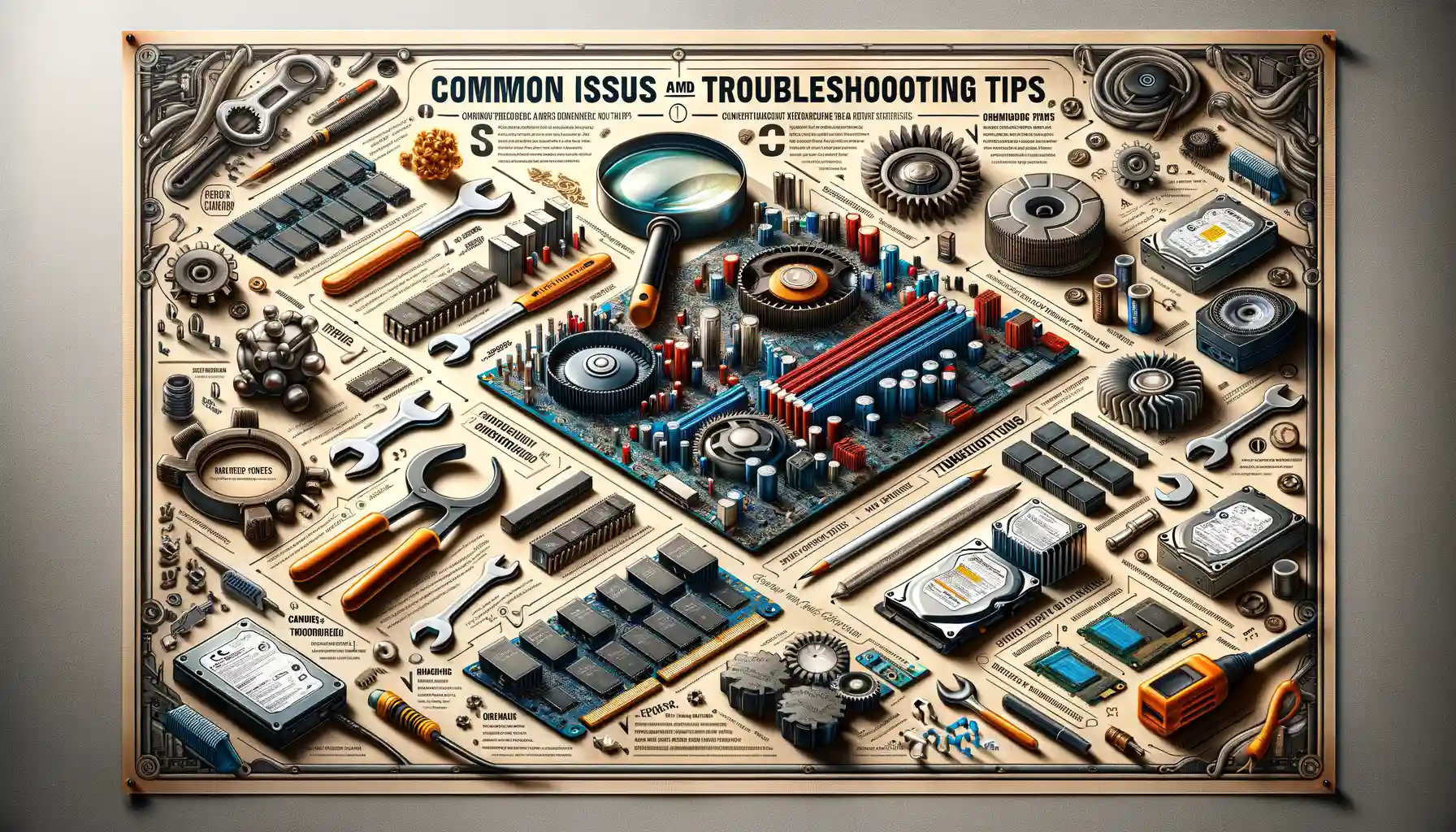
Wallet Not Connecting to the Network?
Picture this: you’re excited to access your digital wallet, prepared to delve into your cherished virtual coin collection, and—bam!—it won’t connect. Don’t panic. This is a common hiccup with simple fixes.
First, double-check your internet connection. A spotty Wi-Fi signal can wreak havoc. If that’s not the culprit, your wallet software might need an update. Developers frequently release patches for security and performance, so keeping it up-to-date is crucial.
Still no luck? Your firewall or antivirus software could be overprotective and blocking access. Temporarily disable it (just long enough to test!) or create an exception for the wallet app.
Finally, consider syncing issues. Many wallets rely on synchronization with blockchain networks. If it seems stuck, try restarting the sync process or reinstalling the app. This won’t erase your coins if you’ve safely stored your private keys.
- Confirm your internet is stable and fast.
- Ensure wallet software is updated to the latest version.
- Adjust firewall settings if necessary.
Remember, even the best tools need a little TLC sometimes. Stay patient—it’s worth it!
Forgotten Your Password? Let’s Reclaim Control
We’ve all been there—the dreaded “Wrong Password” message staring back at you. If you’re drawing a blank on your digital wallet’s password, here’s what to do:
Start by checking any hints you may have set up during registration. Sometimes these small nudges jog your memory. No hints? Search through your notes (physical or digital). Many people jot down clues or partial passwords without realizing it.
If your wallet uses a recovery seed phrase, now’s the moment to thank your past self for being responsible. With your seed phrase, resetting everything becomes infinitely easier. Just follow the wallet provider’s instructions to restore access using it.
However, if you didn’t save the recovery information, you might be in trouble. Unfortunately, most wallets employ strong encryption—great for security but unforgiving when it comes to forgotten passwords. In such cases, reaching out to the wallet’s support team might be your only hope.
Pro tip: To avoid this stress, consider using reputable password managers. They’re lifesavers!

